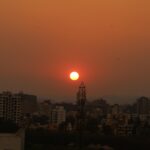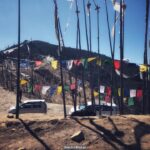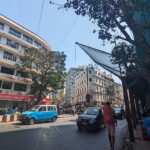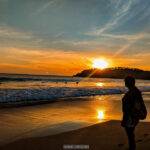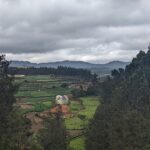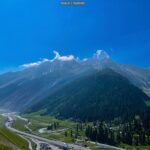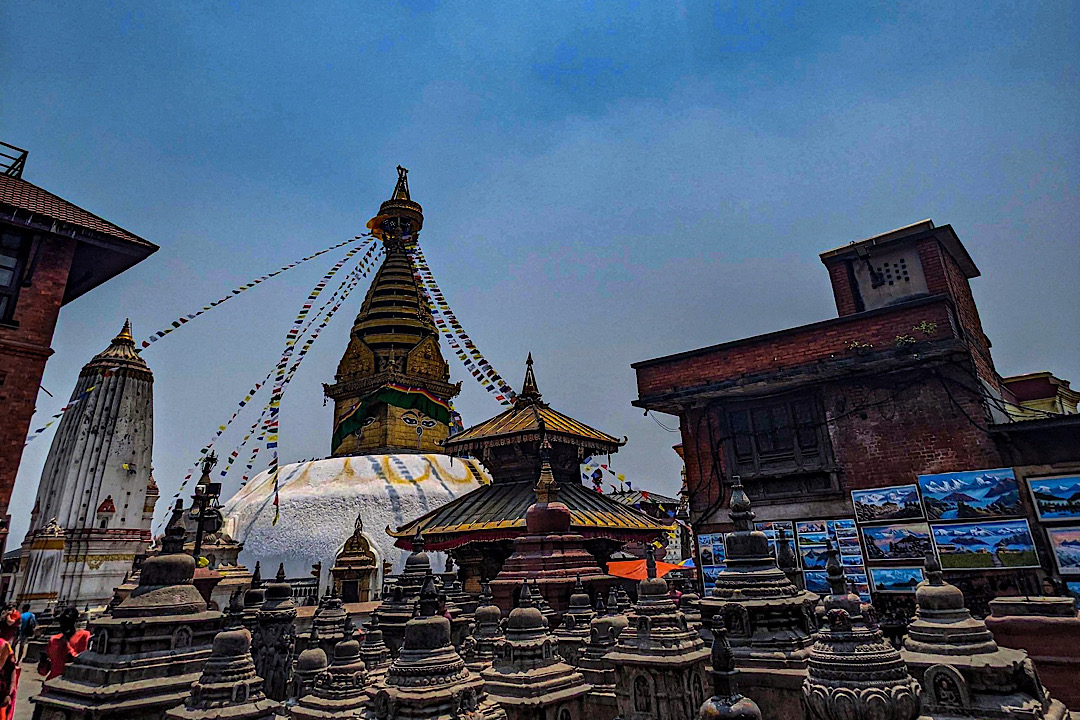
Facts about Monkey Temple, Kathmandu in Nepal
Are you ready for an exceptional adventure in Kathmandu? Imagine immersing yourself in Nepal’s ancient and sacred heritage while being surrounded by playful monkeys. If that sounds appealing, then you absolutely must include a visit to the Monkey Temple, or Swayambhunath, in your travel plans.
Table of Contents
Monkey Temple
Stands as one of Kathmandu’s most beloved and iconic attractions, and it’s not hard to see why. This mesmerising complex is a treasure trove of palaces, temples, shrines, and monuments that beautifully showcase Nepal’s rich cultural and historical legacy. What adds to its charm is the lively presence of hundreds of monkeys, which are cherished both by locals and visitors.
Here are 15 intriguing facts that will undoubtedly entice you to put the Monkey Temple at the top of your must-see list:
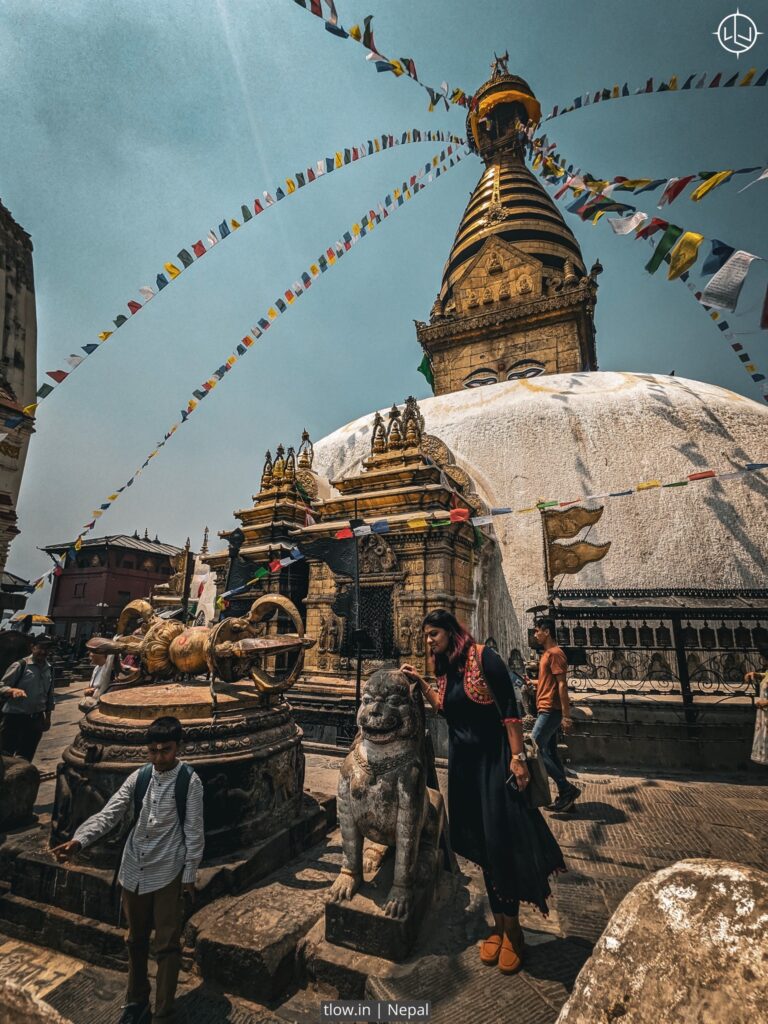
1. Rooted in History:
With origins dating back to the 5th century CE, the Monkey Temple ranks among Nepal’s oldest religious sites. It’s also part of the trio of royal squares in the Kathmandu Valley, alongside Patan Durbar Square and Bhaktapur Durbar Square—all three have earned UNESCO World Heritage Site status.
2. Self-Creation Legend:
The name “Swayambhunath” translates to “self-arisen” in Sanskrit. Legend has it that the temple’s hill emerged from a lotus flower in a lake that once covered Kathmandu.
3. Kathmandu’s Origin:
Even the name “Kathmandu” has an interesting tale. It’s derived from “Kasthamandap,” a wooden pavilion built in the 7th century from a single Sal tree. The pavilion’s moniker means “wooden house” in Sanskrit. Unfortunately, it was destroyed by the 2015 earthquake.
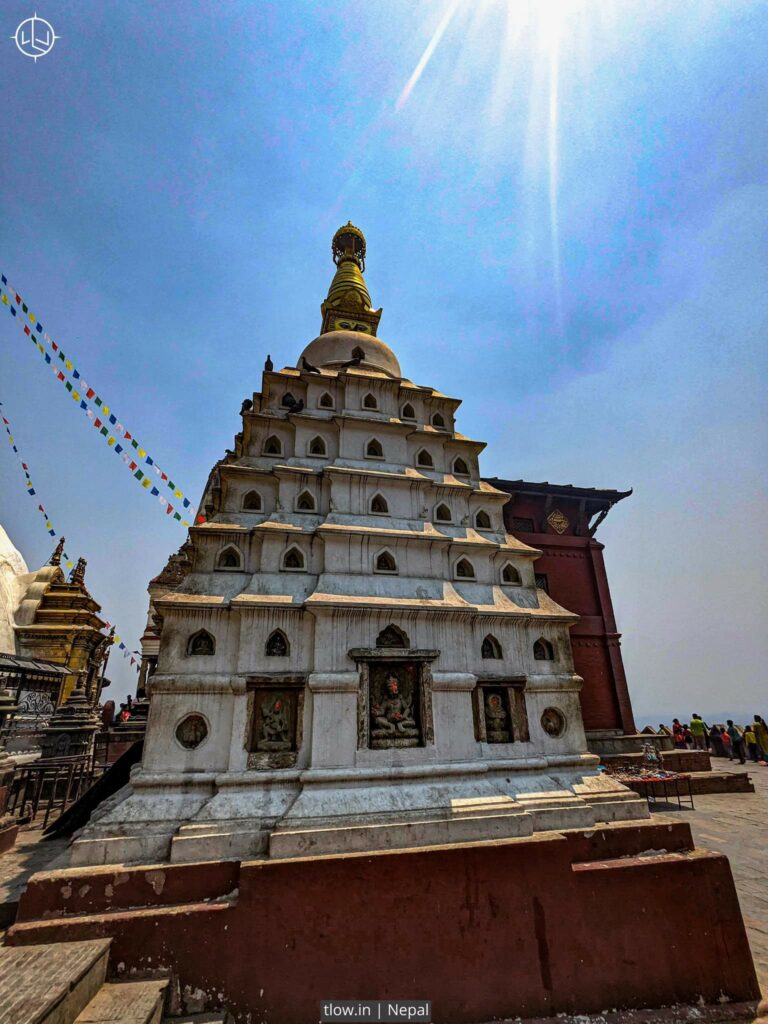
4. Monkey Mystique:
The moniker “Monkey Temple” is inspired by the numerous monkeys dwelling on and around the hill. These monkeys are believed to be sacred, as they’re said to be descendants of lice from the hair of Manjushri, the bodhisattva of wisdom. According to the story, Manjushri cut a gorge with his sword to drain the lake and make the hill accessible.
5. The Heart of the Temple:
Dominating the hilltop is a grand domed stupa, featuring a golden spire and four pairs of eyes symbolising Buddha’s omniscience. A circular path encircles the stupa, were pilgrims spin prayer wheels and chant mantras.

6. Mosaic of Faith:
The temple’s surroundings house a variety of Hindu and Buddhist temples and shrines, reflecting Nepal’s religious diversity. Some notable ones include:
– Harati Devi Temple: Dedicated to the goddess of smallpox and fertility, converted to Buddhism by Buddha himself.
– Shantipur: A hidden underground chamber where a revered tantric master has meditated for centuries.
– Agnipur: A temple devoted to Agni, the fire god, honoured with butter lamps.
– Nagpur: A shrine for Nagas, serpent deities believed to control rain and water sources.
– Vayupur: A temple for Vayu, the wind god, celebrated with kite flying.
– Pratapur and Anantapur: Shrines venerating Shiva, the god of transformation, with offerings of milk and flowers.
– Vasundhara Mandir: A temple for Vasundhara, the goddess of prosperity, adorned with coins and jewels.
– Agam House: Home to sacred Buddhist texts, cherished for study.
– Dipankara Statue: A depiction of Dipankara, a past Buddha who predicted Sakyamuni Buddha’s enlightenment.
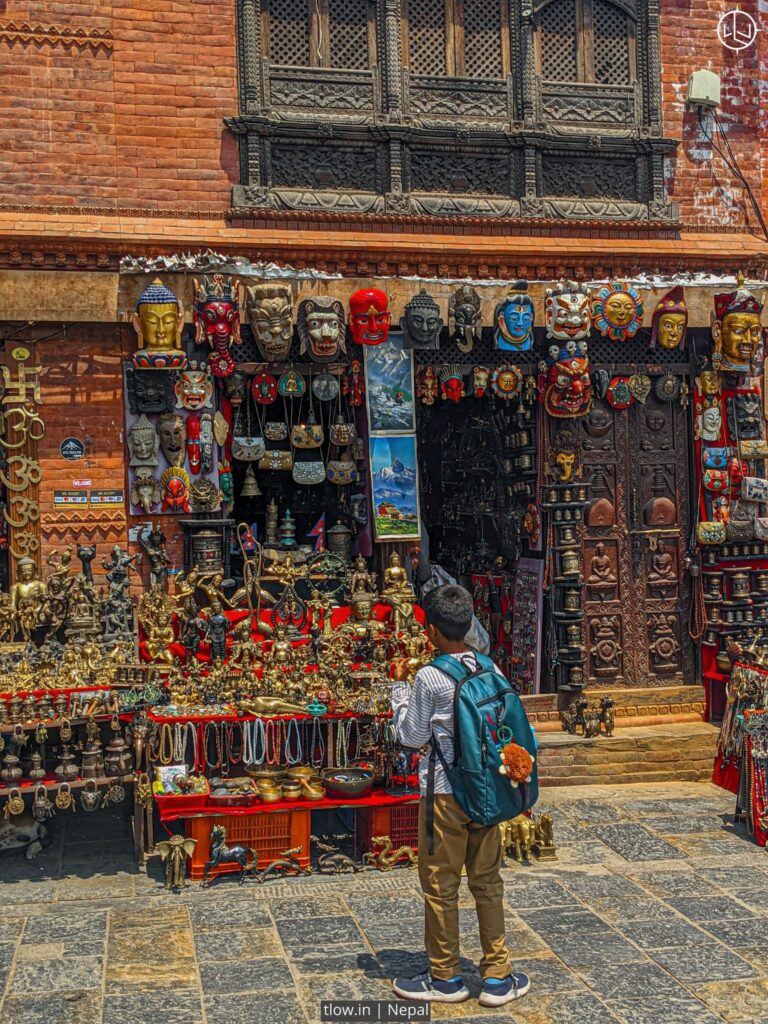
7. Thunderbolt Majesty:
The temple also boasts a remarkable Vajra (thunderbolt) symbolizing power and enlightenment in Buddhism. It’s perched atop a stairway leading to the stupa, erected by King Pratap Malla in 1655 CE.
8. Muse of Treasures:
Inside the Monkey Temple lies a museum showcasing an array of Buddhist artifacts, sculptures, paintings, and manuscripts spanning different periods and Buddhist schools. The museum opens daily except for Tuesdays, from 10:30 am to 4:30 pm.
9. Flags of Devotion:
In the courtyard, colourful flags and offerings grace numerous chaityas (small stupas), erected by devotees to honour ancestors or express aspirations.
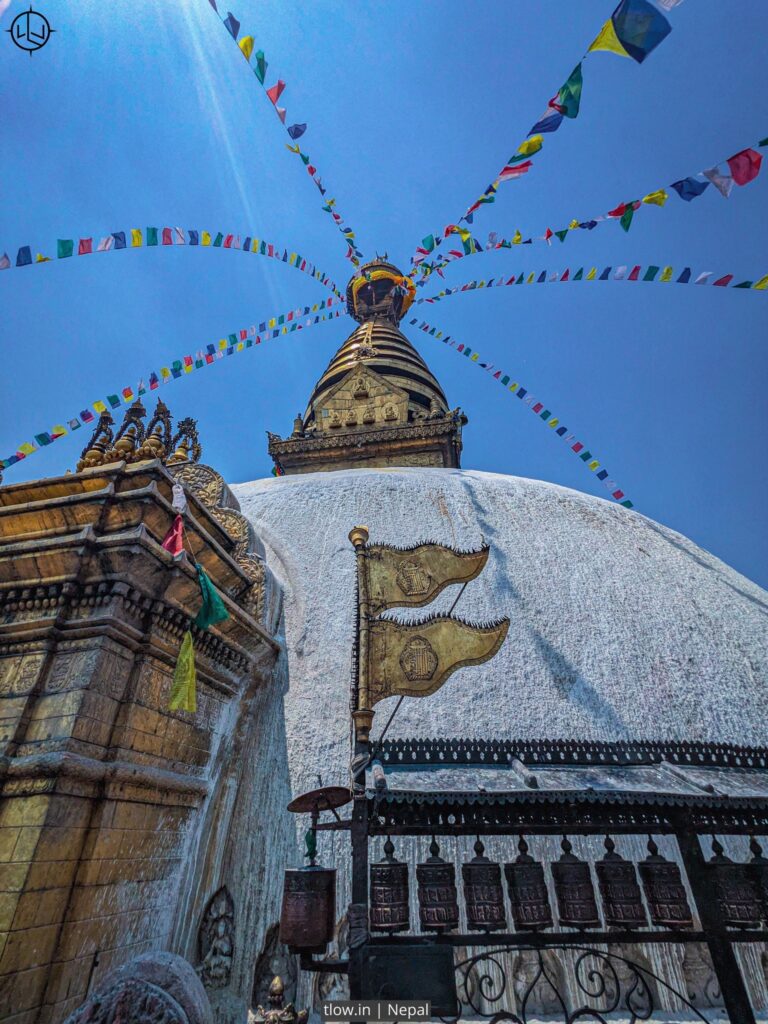
10. A Panoramic Jewel:
Capture breathtaking vistas of Kathmandu and the encompassing mountains from the Monkey Temple. The Himalayas’ snow-capped peaks, the valley’s verdant hills, and Kathmandu’s bustling cityscape come alive in morning and evening golden hues.
11. Pond of Serenity:
Discover the World Peace Pond, where a serene Buddha statue meditates amidst lotus blooms and fish. The gentle fountain’s trickling water adds to the peaceful ambiance, and a stone inscription narrates Buddha’s 12 deeds.
12. Splash of Fun:
The Monkey Temple also features a monkey pool, where you can observe monkeys playing, bathing, and drinking. Fed by a sacred spring, it’s a natural hub of monkey activity. But, mind you, don’t feed or touch them to avoid any mishaps.

13. Monastic Life:
The temple accommodates several monasteries inhabited by devoted monks and nuns practicing Buddhism. Witness their rituals, chants, and studies, and while some monasteries are open for visitors, others require permission.
14. Sanctuary of Serenity:
Dive into the Buddha Amideva Park, home to statues of Buddha Amitabha, Avalokiteshvara, and Padmasambhava—symbols of compassion, wisdom, and power. It’s a serene refuge ideal for meditation.
15. Festive Fusion:
Beyond its historical and religious significance, the Monkey Temple serves as a hub for cultural and social events. Throughout the year, festivals like Indra Jatra, Dashain, Buddha Jayanti, and Lhosar infuse the temple with vibrancy—offering glimpses of colourful processions, dances, ceremonies, and more.



